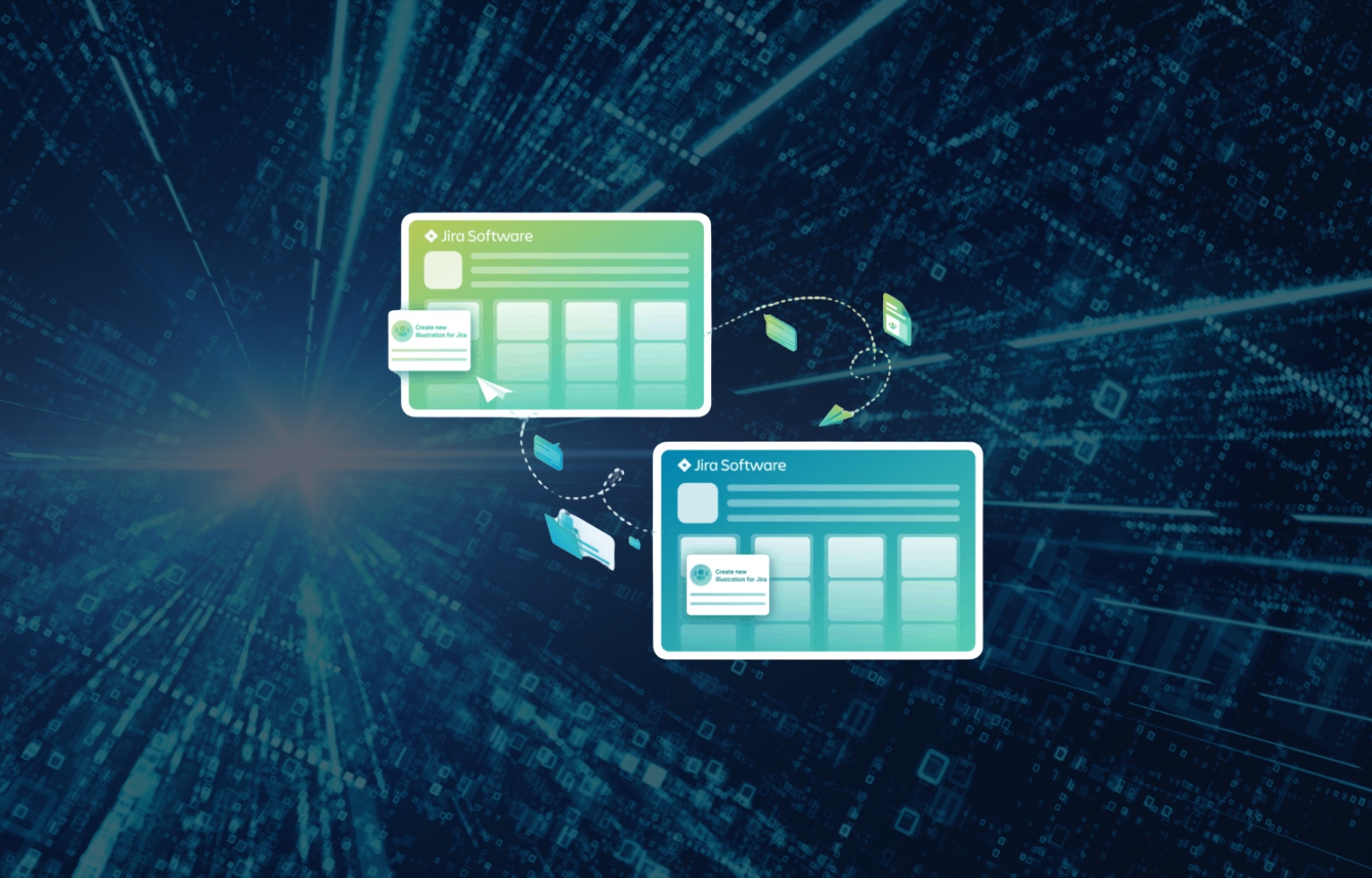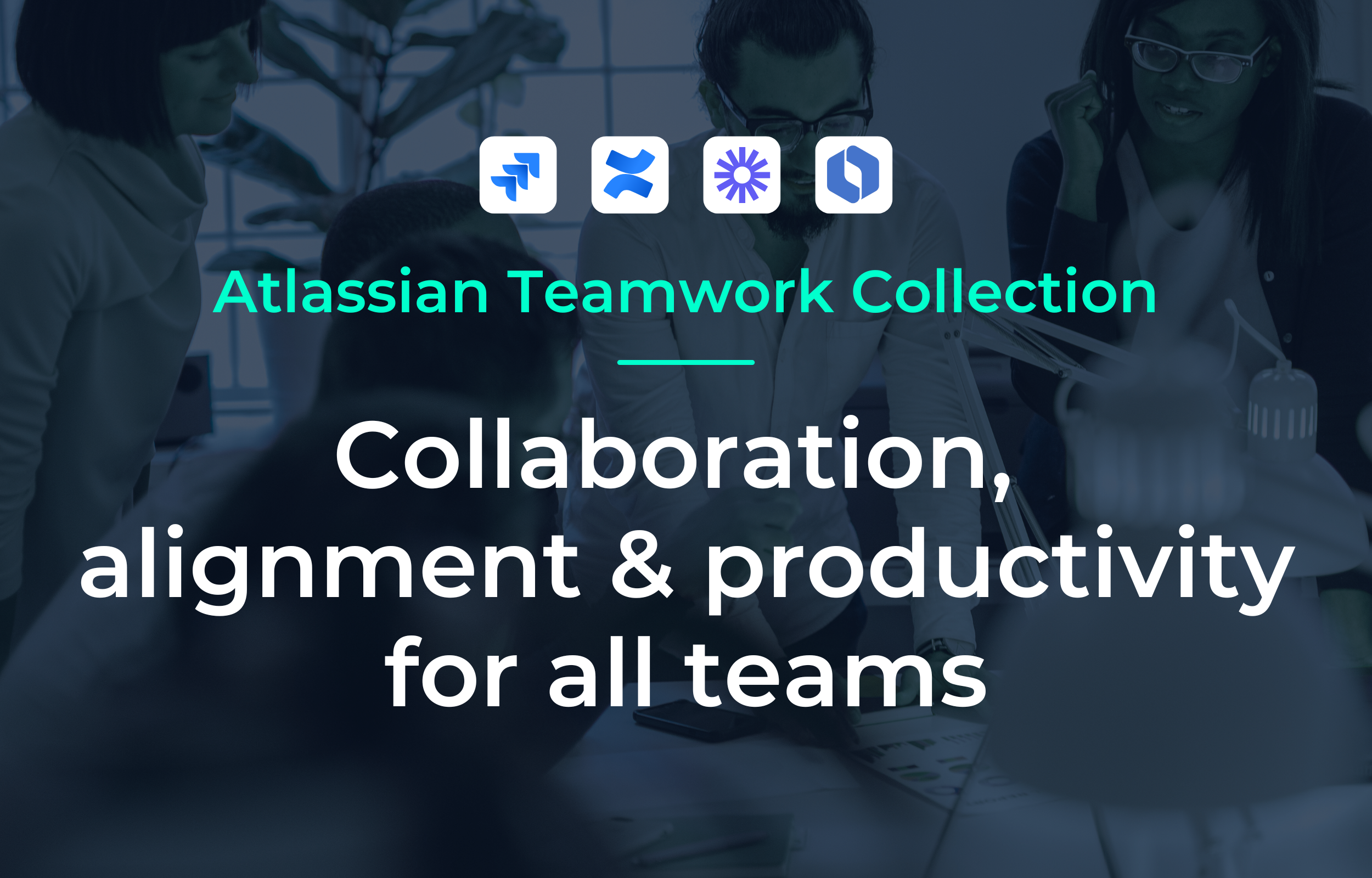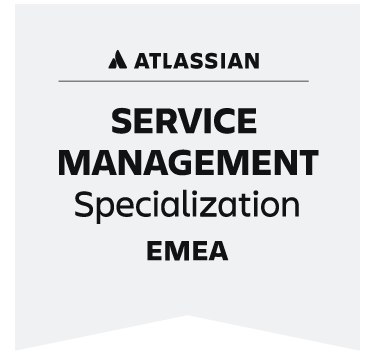Imagine you are managing a complex software project. Your internal development team uses Jira for project management, while your external service provider uses a separate Jira instance. Sound familiar? You're not alone. The solution: Synchronize Jira projects and tickets between multiple Jira instances/accoutns.
Table of Contents
- Why synchronize Jira projects, tickets and issues?
- The consequences: When projects get out of hand
- Why synchronize Jira? A few scenarios
- What options are there for synchronizing workflows, tickets and Jira projects?
- The efficient solution: an app for synchronizing Jira projects
- Conclusion: Synchronize your Jira instances for maximum success
- Your next step: end the chaos in your project management
Why synchronize Jira projects, tickets and issues?
Many companies face the challenge of sharing information between different Jira instances:
- No standardized Jira instance with all relevant information
- Multiple platforms to capture and manage project data
- Additional workload to keep all systems up to date
The result? Information chaos that slows down your productivity and makes collaboration more difficult.
Let's take an even closer look at the daily challenges caused by unsynchronized Jira instances:
- Time-consuming manual updatesYour team members spend precious time manually transferring information between different Jira instances. These are hours that are lost for productive work.
- Inconsistent dataWithout automatic synchronization, discrepancies quickly arise between the instances. What is the current status? Who has the latest information?
- Delayed response timesCritical updates or customer requests get "stuck" in one instance while the responsible team works in another instance. The result? Delayed reactions and dissatisfied stakeholders.
- Communication gapsImportant comments or attachments in an instance do not reach all relevant team members, which leads to misunderstandings and errors.
- Difficult reportingHow do you create a comprehensive project report when the data is spread across multiple systems? Merging them becomes a time-consuming nightmare.
The consequences: When projects get out of hand
If you ignore these problems, the consequences can be serious:
- Lost updatesImportant changes get lost in communication between teams, leading to wrong decisions and missed deadlines.
- Double the workTeams are unknowingly working on the same tasks because the information is not synchronized. This wastes resources and frustrates employees.
- Delayed response timesCritical bugs or customer inquiries are not processed in a timely manner, leading to dissatisfied customers and possible reputational damage.
- Frustration in the teamEmployees lose time manually transferring information between systems. This frustration can lead to falling morale and increased staff turnover.
- Increased risk of errorsManual data transfer leads to typing errors and misunderstandings. In critical projects, such errors can have costly consequences.
- Lack of transparencyWithout a unified view of all project data, it is difficult for managers to make informed decisions and accurately assess project progress.
- Compliance risksIn regulated industries, the inconsistency of data between different systems can lead to compliance problems.
The good news? There is a solution to help you overcome these issues and seamlessly synchronize your Jira projects.
Why synchronize Jira? A few scenarios
Scenario 1: Simple cross-company collaboration between developer teams
In many industries, external teams, service providers or freelancers are brought on board to support the completion of projects. Be it for reasons of additional expertise or because of a very special skill. Imagine you and your team are working together with external service providers on a larger project in Jira. Be it in software development, marketing or the digitalization of company processes.
However, the "external parties" usually need access to your internal systems and your instance. However, this cannot be easily implemented due to compliance or security concerns. In addition, different teams often work in their own systems, workflows and methods. And then transfer the tickets or issues to the main system. This can ultimately lead to serious problems in communication and project progress. Important data is lost or updates are forgotten during the transfer of information.
Scenario 2: Development and customer service in harmony
ProblemYour customer service team uses Jira Service Management, while your development team works in Jira Software. Customer requests for new features end up in the service desk, but have to be manually passed on to the developers. It is therefore necessary to interlink the development process with the customer support process from a technical perspective. This simplifies the collaboration between development and customer service and makes the joint workflow more efficient.
What happens?
- Users report new bugs or make requests for new features via a service desk (e.g. Jira Service Management). These are processed as service requests or incident management and included or prioritized in the planning for the next update.
- Subsequently, these tickets are synchronized as Insights objects with Change Management. And processed by the developer team in a Jira software project.
Solution Jira synchronization with Advanced Issue Sync:
- Configure a synchronization between Jira Service Management and Jira Software.
- Define rules so that relevant service requests automatically appear as development tickets.
- Make sure that status updates are synchronized in both directions.
ResultCustomer service can track progress directly in the service desk and developers can work in their Jira instance without losing valuable information and both teams can communicate professionally and efficiently.
Scenario 3: Seamless collaboration with external partners
ProblemYou work with an external development team that uses its own Jira instance. Until now, information has been exchanged via emails and weekly meetings, which leads to delays and misunderstandings. In addition, companies very often work with a variety of different processes, priorities and specifications. As a result, these employees must constantly adapt new methods and be flexible in the way they work. Usually, QA employees often do not have access to the developers' Jira instance. This means they can only access their own service management instance. In order to generate tasks for the developers, QA employees must be given access to the developers' instance so that they can manually create and maintain tickets in their Jira.
This not only costs a lot of time and money in terms of license costs and duplicate data maintenance, but can also lead to problems when updating the content in both instances.
Scenario:
- QA employee finds bug
- The employee creates a Jira ticket
- QA Team Lead analyzes and prioritizes the tickets and synchronizes them with the developers' project
- The ticket is automatically created in the instance of the developers
- The developers edit the ticket and change the status to "Resolved".
- The status changes in the instance of the QA employee
In these cases, individual Jira projects, tickets, and any fields can be synchronized with an external instance. This ultimately promotes the collaboration of different stakeholders. This ultimately not only increases the efficiency of the processing time of tasks, but also improves the cross-company communication between the individual stakeholders. For this reason, a synchronization tool provides the option to collaborate on Jira projects or Jira tickets across organizations. In this way, valuable time can be saved and efficient project management can be operated in times of crisis (Corona).
Solution with Advanced Issue Sync:
- Set up a project-based synchronization between your and the external Jira instance.
- Configure detailed field mappings to ensure that all relevant information is transferred.
- Use user mapping to transfer assignments correctly without granting direct access rights.
ResultBoth teams work in their familiar environments, but always have access to up-to-date information. Project coordination is considerably simplified without compromising on security.
What options are there for synchronizing workflows, tickets and Jira projects?
1. Workflow mapping
It is not always possible to directly transfer entire company processes as workflows to a second instance. It is often sufficient to transfer only individual process steps (statuses) that actually exist in the second or external instance and can therefore be processed. This requires the adaptation of an individual workflow mapping.
Coordination of the workflow of both teams
In order for an efficient synchronization to succeed, it is essential to discuss beforehand how individual workflow process steps (statuses) look in the respective instances. Via workflow mapping, each individual process step from one instance is synchronized with the corresponding process step from the other instance. As soon as the status in the reference ticket changes, this change will automatically cause a status adjustment in the target ticket.
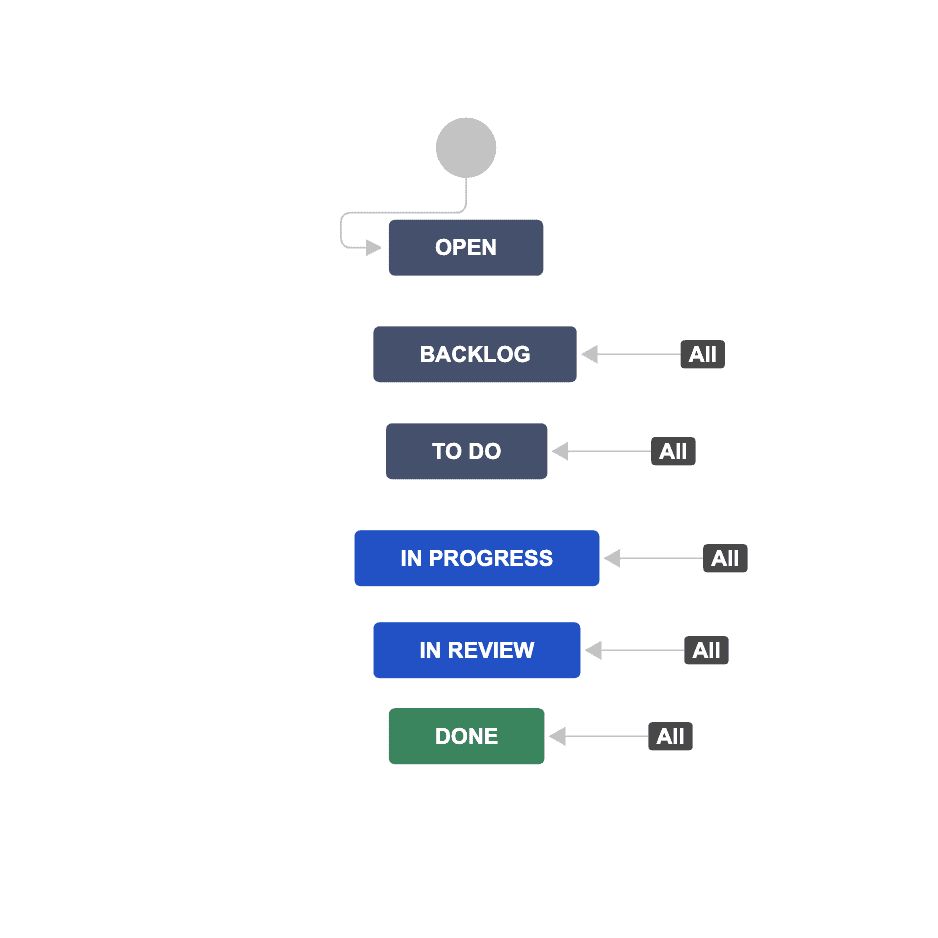

3. Synchronization of Jira ticket information
Now that you've agreed on workflows with your teams, it's time to figure out which fields in the ticket you want to sync. Do you only need simple information like ticket name, priority and description? Or should attachments, epics, comments, and custom fields also be transferred to the second instance or project? With Jira Sync it is also possible to customize the shared information at any time and tailor it to your needs.
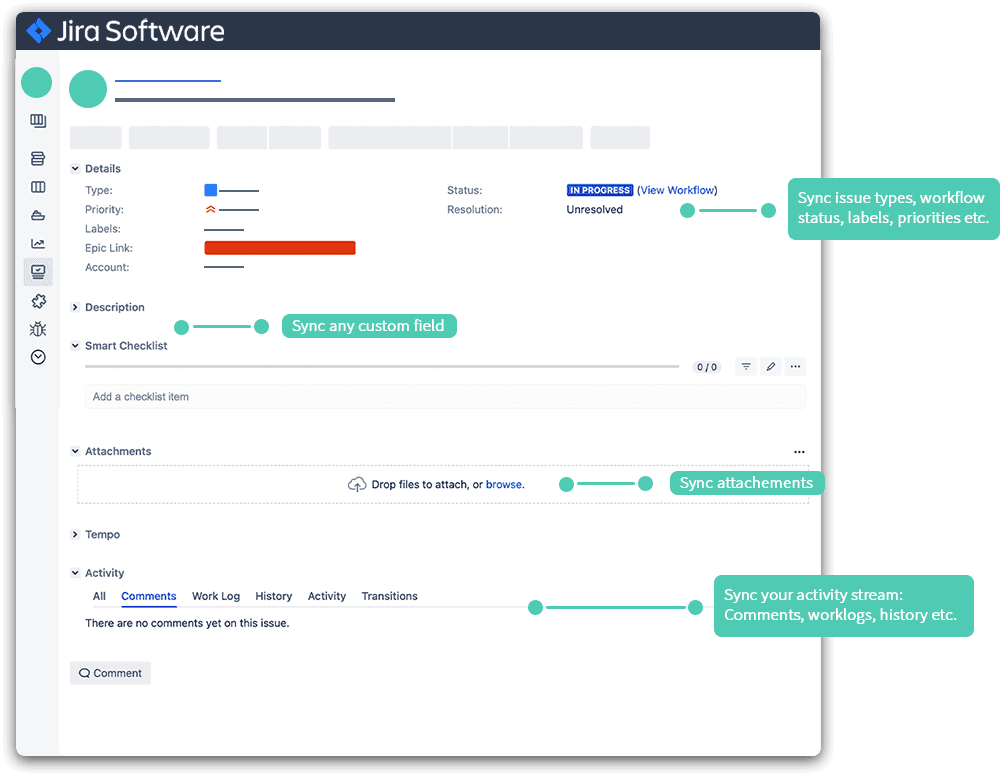
4. User mapping
In addition to the usual information of the Jira tickets, the question arises whether individual editors or authors should also be "mapped" into a second instance. For example, the user from the first instance can have the name "John Doe", which will then be mapped to the name "John Doe (External)" in the second / external instance.
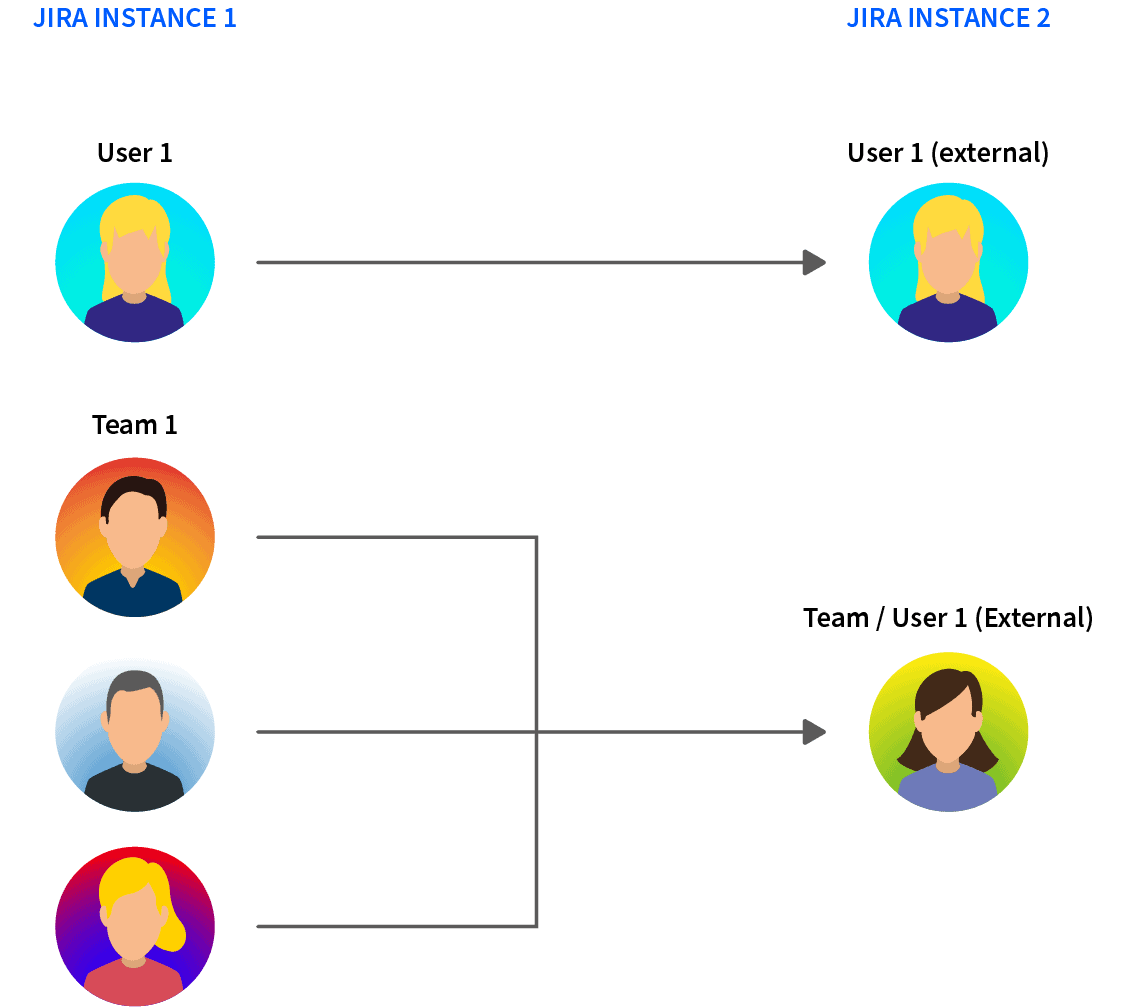
Alternatively, it is also possible to transfer multiple users from project A to one user from project B. This makes it easier to manage external service providers or teams and eliminates the need to add countless additional users to your Jira instance.
The efficient solution: an app for synchronizing Jira projects
To overcome the challenges of separate Jira worlds, there are powerful tools to help you synchronize your Jira instances. Two of the leading solutions are Advanced Issue Sync for Jira by XALT and Exalate. Let's take a closer look at how you can use these tools to synchronize Jira projects. (Here you can find a detailed comparison of Advanced Issues Sync for Jira vs Exalate.)
Step 1: Choose the right tool
Both tools, Advanced Issue Sync and Exalate, offer robust Jira synchronization features. Here are some key features of Advanced Issue Sync:
- Synchronization without plugin installation
- Real-time synchronization of tickets, comments and attachments
- Support for Jira Server, Data Center and Cloud
- Individual workflow and user mappings
- Highest security standards thanks to installation behind your firewall
Choose the tool that best suits your specific requirements.
Step 2: Configure the synchronization
Once you have decided on a tool, it's time to set it up:
- Connect your Jira instancesEstablish a secure connection between the instances to be synchronized.
- Define the scope of synchronizationSelect which projects, tickets and fields are to be synchronized.
- Create workflow mappingsAssign the statuses of your various workflows to each other so that status changes are transferred correctly.
- Set up user mappingsEnsure that users are correctly assigned in both systems.
Step 3: Test and optimize
Before you use synchronization on a large scale:
- Carry out a test run with a small project.
- Check that all information is transferred correctly.
- Gather feedback from your team and adjust the settings if necessary.
Step 4: Rollout and training
As soon as everything is running smoothly:
- Inform all teams involved about the new synchronization solution.
- Provide short training sessions to ensure that everyone knows how synchronization works and what needs to be considered.
- Establish clear guidelines on how to deal with synchronized tickets.
Conclusion: Synchronize your Jira instances for maximum success
Synchronizing your Jira instances is more than just a technical upgrade - it's a game changer for your project management processes. With tools like Advanced Issue Sync for Jira from XALT or Exalate, you can:
- Optimize collaboration between internal and external teams
- Drastically reduce the manual effort for data transfer
- Increase the transparency and traceability of your projects
- Respond more quickly to changes and customer requirements
By synchronizing your Jira instances, you create a unified information base that allows your team to focus on the essentials: developing great products and providing outstanding service.
Your next step: end the chaos in your project management
Advanced Issue Sync for Jira is your solution for seamless collaboration and efficient project management.
🚀 Act now and revolutionize the way you work:
- Experience how easy it is to set up - no complicated IT infrastructure required
- Watch your teams become more productive and projects run more smoothly
